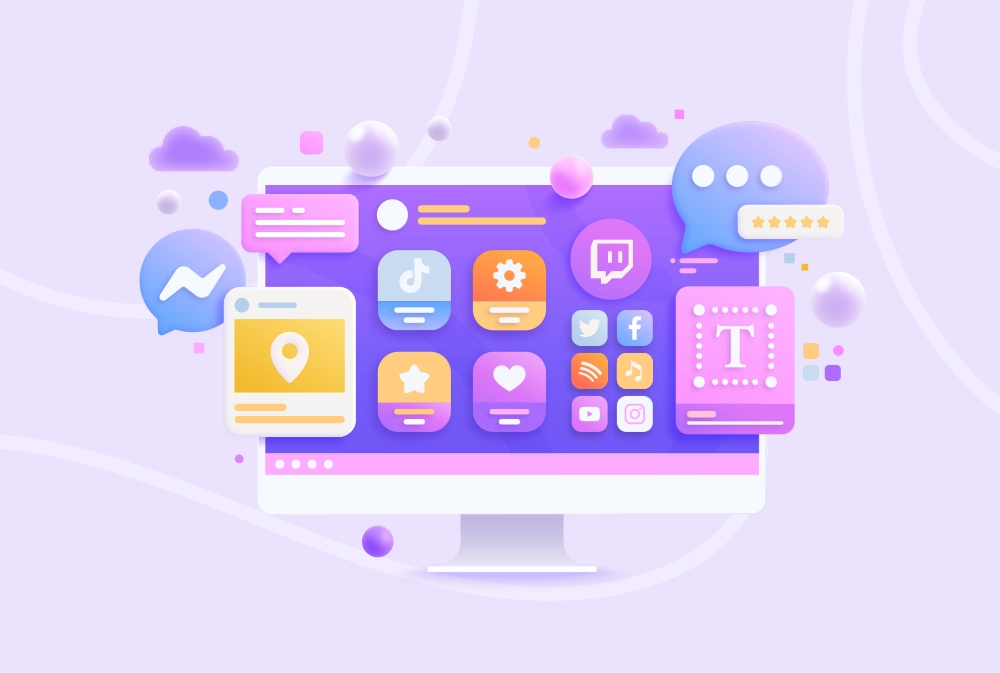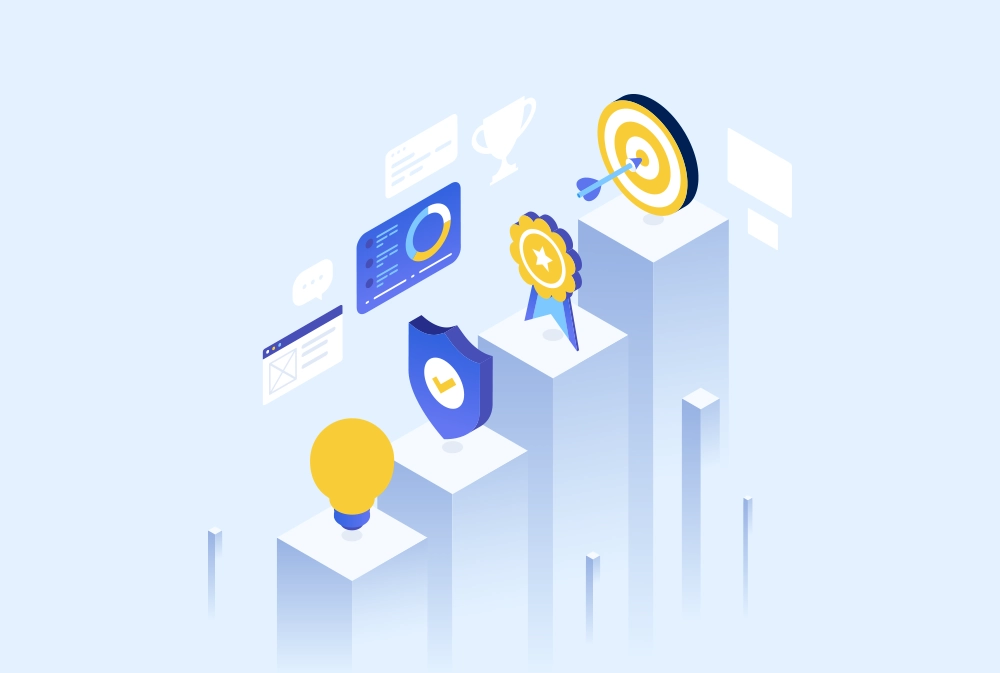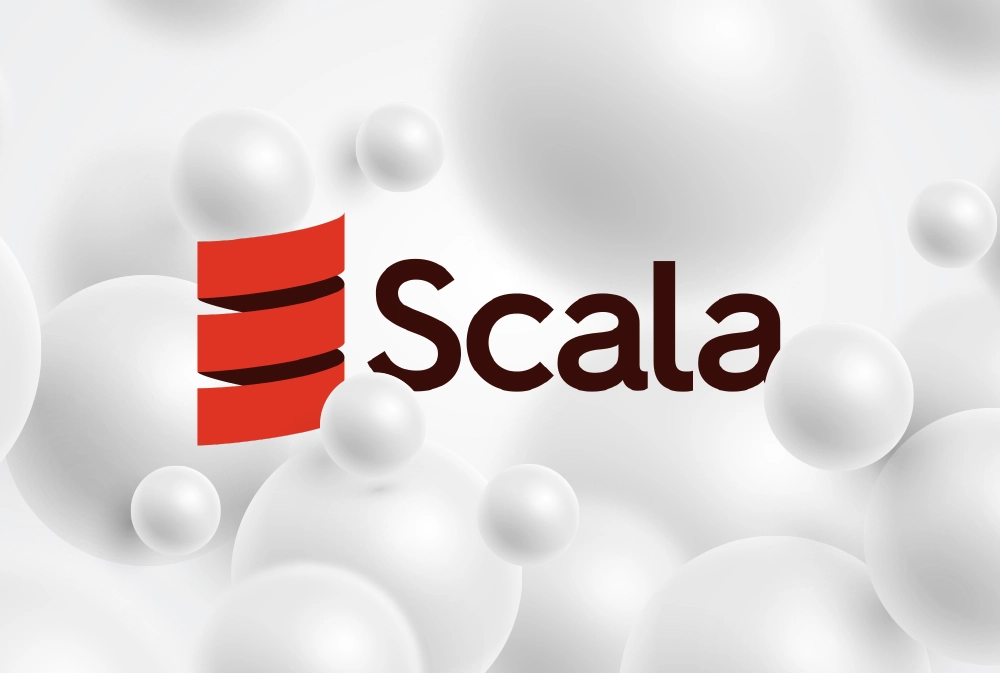Differences between Organic and Paid Marketing
Marketing and growth tactics will differ depending on an organization's stage and focus.
The key difference between organic and paid marketing is in the traffic sources. Organic marketing leverages content to attract attention, whereas paid marketing pays for exposure. Organic marketing is generally focused on obtaining free traffic and paid marketing entails paying for traffic.
How about we introduce what each of these marketing strategies are and how they differ from each other.
Organic Marketing
Organic marketing is the process of attracting traffic to your business website over time using a combination of content and SEO (Search Engine Optimization) tactics, rather than using paid methods. Generating traffic to your website does more than just attract visitors and increase site views. Organic traffic has a recurring effect on your website for months, if not years, to come.
Types of Organic Marketing
- SEO
- Content Marketing
- Guest Blogging
- Email Maketing
- Video Marketing
Driving traffic to your website is the ultimate objective of organic marketing. While you will use social media platforms, SEO is the ideal location to invest your effort in organic marketing.
In order to assess the performance of your organic marketing efforts, you should look at the content that is bringing in the most traffic to your site, the leads generated by those efforts, and the channels that are bringing in the conversion for your site.
In other words, organic marketing is free. There's no money involved when you're marketing your business organically.
Paid Marketing
Paid marketing is the process of using paid advertisements to reach customers. Sponsored posts, banner advertisements, and clicks purchased from sites like Facebook, Twitter, and Google are frequently used. Paid marketing techniques include sponsored posts and video commercials on YouTube. Rather than get traffic through quality content like the organic marketing effort, paid marketing gets traffic through paid ads. You can reach people who would not have otherwise heard of your company by micro-targeting your desired audience through sponsored media. Paid marketing is more direct, the result is sometimes immediate or quick.
Types of Organic Marketing
- Social Media Ads
- Social Media Ads
- Video Ads
Paid marketing is comparable to sales-focused marketing, while organic marketing is more like word-of-mouth marketing. The two have quite different objectives. One is to draw customers and raise brand recognition, while the other is to convert customers to a particular campaign.
You may evaluate the effectiveness of paid marketing by looking at the Return On Ad Spend (ROAS), impressions generated, high conversion rates, etc.
Identify your audience
The first step is to identify your desired audience by creating an Ideal Customer Profile (ICP), after which you should examine your present audience and compare the two profiles. You will have knowledge that will support your organic marketing plan, such as where to find these people online, their age, the kind of content they enjoy or are interested in, how they will likely discover a business like yours, etc.
Choose a goal
You must be clear on your long-term goals before you can begin your organic marketing campaign. Increasing brand visibility, customer loyalty, and sales are just a few examples of these goals.
Identify platforms ideal for your business and audience
Knowing your audience is vital, but depending on who they are and what interests them, you also need to know where to locate them online. Knowledge is crucial for organic marketing, and the two questions you should ask in order to find platforms to share your content are;
what platforms support your kind of business/content?
how and where do your potential audience consume information?
There are so many platforms e.g YouTube, Social media (Twitter, Instagram, Facebook, TikTok, etc), Email, Podcasts, communities (Slack, Telegram, Discord, Reddit), etc.
Create and optimize content
It's time to start developing content once you've determined the channels to prioritize and the sites that your target audience frequents. Prior to just producing content, you must first brainstorm the many kinds of content assets you want to produce and compile a list of potential ideas. Typically, the tactics for optimizing your content include using metadata to tell search engines what your content is about, including keywords in your content, and having a fantastic design.
Evaluate Audience and Keywords
Using your Ideal Customer Profile (ICP) as your guide; target the group that best fits your ICP and also target them based on their search intent by choosing the appropriate keywords. Also, optimize for Natural Language Search (NLS), start by considering what you would type into the search bar if you were often seeking for your product or service.
Use Negative Keyword
These are the opposite of your targeted keywords, the search terms you do not want to rank for. When you set a term as negative, Google/Facebook will not display your ad for that term. Knowing who to exclude from your targeting is just as crucial as knowing who to target. This is similar to tailoring your ads for the people who should really view them.
Split your campaign based marketing goals
Make sure to diversify your paid marketing strategy as you put it up by dividing your campaigns according to your goal, e.g awareness vs conversion etc.
Focus on conversion
Conversion is one of the important parts of paid marketing, since they can be used to gauge the success of your campaign and suggest potential next actions for further optimization and improvement.
When evaluating paid marketing, clicks, impressions, and click-through rate (CTR) may be crucial data. However, if you are running several campaigns, it is not optimal to only use these. Instead, your primary focus should be Conversion Rate, ROAS, CPA.
Improve your Landing Page’s Speed
You also want your website to open quickly since if it takes more than three seconds for the most important content to load, users will probably leave. Never forget that a slow website may only have a bad effect on the users’ experience. To shorten the loading time, check it often and take out any heavy objects.
Track and Test
Decide your key performance indicators and track to learn when your ads are working or not, what has to be improved etc. The key benefit of testing is that it allows you to continuously improve and increase conversion rates. You gain knowledge about which components function well and which don't as a result of the experience.
Conclusion
Organic marketing is a long-term strategy that requires a lot of time and effort. It is a great way to build brand awareness and trust, but it is not as effective as paid marketing. Paid marketing is a short-term strategy that requires a lot of money and effort. It is a great way to build brand awareness and trust, but it is not as effective as organic marketing.
Again, neither paid nor organic marketing is superior to the other. Simply put, each is better suited to certain objectives.
Both organic and paid marketing are important for your business. You can use both to achieve your marketing goals. However, you should use them in a way that complements each other. For example, you can use organic marketing to build brand awareness and trust, and then use paid marketing to drive traffic to your website.



